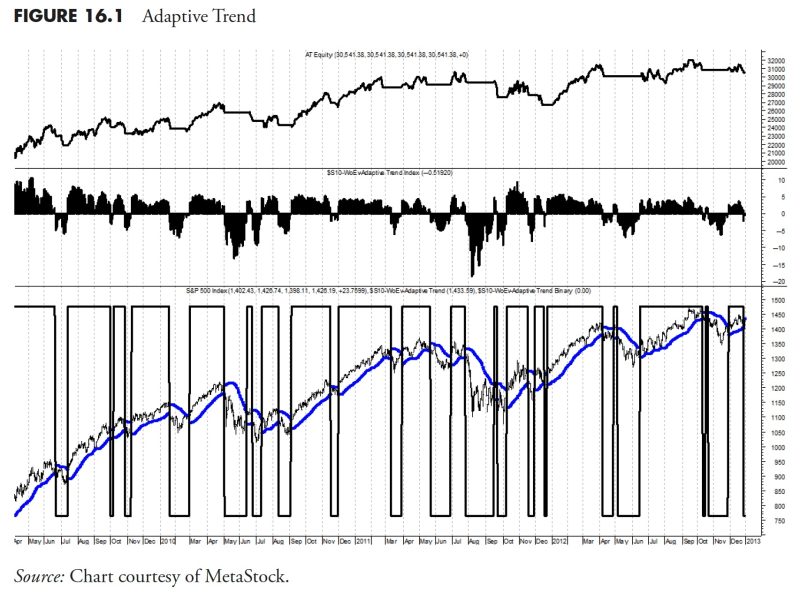Rules-Based Money Management: Putting Trend Following to Work
Trend following is a popular investment strategy that aims to capitalize on the momentum of an asset’s price movement over time. By following the trend, investors can potentially profit from both upward and downward price movements, as long as they can identify and adhere to the prevailing trend direction. In this article, we will delve deeper into how trend following can be put into practice as part of a rules-based money management approach.
1. Define Your Rules: The first step in putting trend following to work is establishing clear and specific rules for identifying trends and determining entry and exit points. These rules should be based on objective criteria rather than subjective judgment to ensure consistency in decision-making. Common trend following indicators include moving averages, trendlines, and momentum oscillators.
2. Identify the Trend: Once your rules are in place, the next step is to identify the prevailing trend in the market. This can be done by analyzing price charts and applying your predefined rules to determine whether the asset is in an uptrend, downtrend, or ranging market. Trend following strategies typically focus on trading in the direction of the trend to maximize profits.
3. Set Entry and Exit Points: After identifying the trend, it is essential to establish entry and exit points for your trades. Entry points are determined based on signals generated by your trend following indicators, signaling the start of a new trend or a continuation of an existing one. Exit points, on the other hand, are set to lock in profits or cut losses when the trend reverses or shows signs of weakness.
4. Manage Risk: Risk management is a crucial aspect of trend following strategies to preserve capital and limit potential losses. By setting stop-loss orders at predetermined levels based on your risk tolerance and position size, you can protect your portfolio from significant drawdowns in volatile markets. Additionally, trailing stops can be used to capture profits while allowing for potential upside in trending markets.
5. Monitor and Adjust: Trend following is not a set-it-and-forget-it strategy; it requires continuous monitoring and adjustment to adapt to changing market conditions. Regularly review your rules and performance metrics to ensure that your strategy remains effective and profitable. Be prepared to make adjustments if necessary to optimize your trend following approach.
In conclusion, trend following can be a powerful tool in a rules-based money management strategy when implemented correctly. By defining clear rules, identifying trends, setting entry and exit points, managing risk, and monitoring performance, investors can harness the potential of trend following to achieve consistent returns and mitigate risks in the financial markets. Embracing a disciplined and systematic approach to trend following can help investors navigate volatile market environments and increase the probability of success in their investment endeavors.




























